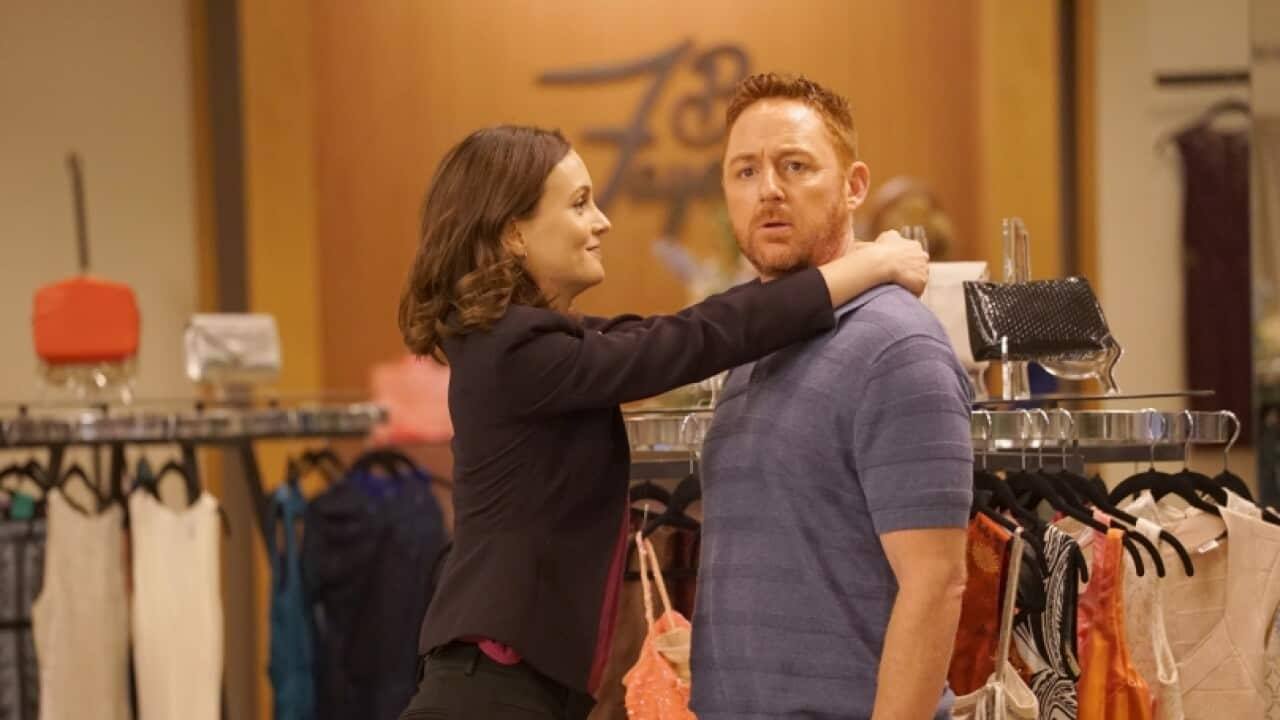Last year Roy Orbison finished up a tour across Europe, followed by a 28-show tour of North America. It's an incredible feat for a performer of his age. It's even more incredible when you appreciate that he's been dead since 1988.
Technology company BASE Hologram are in the business of bringing performers back to life in large-scale stage shows through digital projections. The creation of the hologram performers is ultimately not dissimilar to most computer-animated characters we see in a lot of films now, with the performance of a body double actor captured and then digitally altered. Recordings of the artist are then used to bring the sound to the stage.
The tour was a success, with Orbison now performing a residency at Missouri's Andy Williams Moon River Theatre.
While Roy Orbison is just the beginning, bringing beloved stars back to the stage is a bumpy process. The technology is there to bring a reasonable facsimile to the stage, but fans aren't always happy to hear that their beloved stars are being revived posthumously. BASE Hologram recently delayed plans to bring Amy Winehouse to the stage. Like with Roy Orbison, the company had permission from the estate of the artist, but fans were quick to express displeasure at the idea of this tour.
The use of the technology raises several ethical questions, particularly as the technology becomes more sophisticated and interactive.
While Roy Orbison fans likely saw the tour as a unique and interesting way to keep his legacy alive, for fans of Winehouse it was seen more as yet another effort to exploit her. In February, it was announced that the tour had been cancelled.
BASE Hologram CEO Brian Becker told : “Sometimes in developing this type of highly ambitious, state of the art hologram/augmented reality theatrical event we encounter some unique challenges and sensitivities that cause us to take a step back.”
Like most ethical questions in life, it comes down to an issue of consent. Would the artist have been okay with their image being used in this way? We're discussing musicians as holograms here, but digital revivals of the dead extend beyond that.
We've recently seen Peter Cushing brought back to life as his Star Wars character Grand Moff Tarkin in 1016's Rogue One – 24 years after his death. Here you have an actor whose likeness is being used to deliver a performance they never gave. What happens when an actor films a scene in a big franchise film, but then opts against appearing in follow-up films – could a movie studio just keep using their digital likeness?
In the most recent episode of The Orville the idea was pushed even further. Here it wasn't a celebrity, but rather just an everyday person digitally revived. The show, set in the 25th century, had regular character Gordon Malloy discovering a video recording of a girl from 2015. Using the technology of his era, he was able to bring a facsimile of her back to life via a virtual reality room – spending time with her, he very quickly fell in love. While the story presented in the show is exceptionally sweet and nice, the ethics of it are incredibly murky. What sort of consent could the character give? The Orville kept it to a lovely PG-rated romance, but one could very easily imagine technology like this being used for more sordid purposes.
While the story presented in the show is exceptionally sweet and nice, the ethics of it are incredibly murky. What sort of consent could the character give? The Orville kept it to a lovely PG-rated romance, but one could very easily imagine technology like this being used for more sordid purposes.

Leighton Meester guest stars as a 21st century hologram on 'The Orville'. Source: Supplied
Culturally, we respect and honour the dead. But as our digital lives become more sophisticated, there is a growing need for us to consider the ethics of reviving those that have passed.
Interesting questions arise from this week's episode of The Orville. New episodes air Fridays on SBS VICELAND with episodes available anytime at SBS On Demand. Check out the most recent episode guest-starring Leighton Meester as a woman whose identity has been digitally revived:
The ethics of digital resurrection is discussed in this week's episode of SBS VICELAND's The Orville podcast ORVILLELAND:





